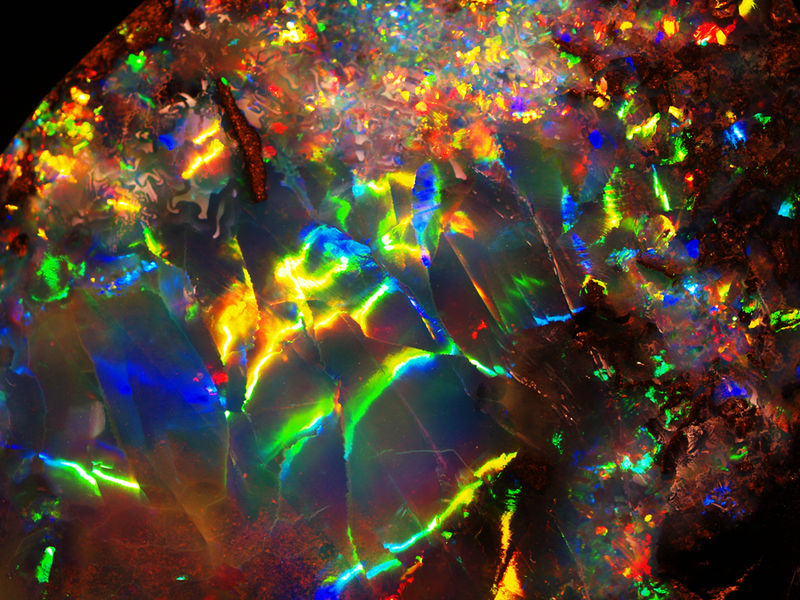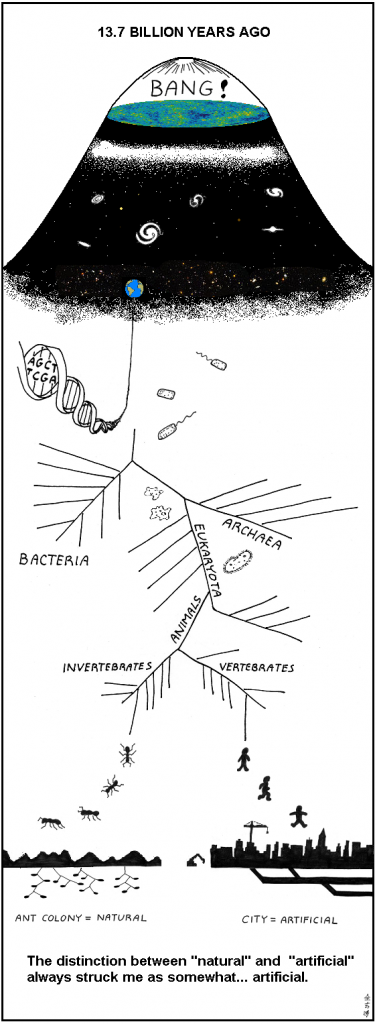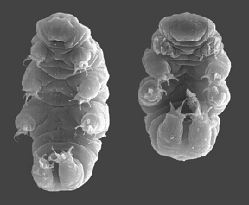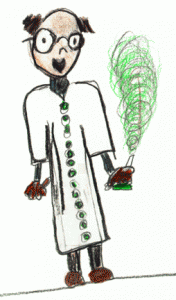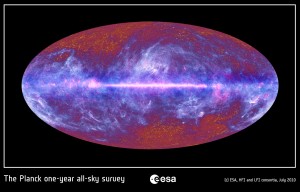
As soon as I got over the fainting spell from looking at the Planck satellite’s map – and if you haven’t seen it, look now, faint, and then click – showing the Milky Way, I had a burning question.
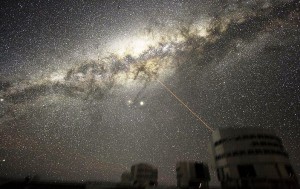
Okay, true, the Planck satellite wasn’t intended to map the Milky Way. It was supposed to map the background of microwaves left over from the Big Bang (the reddish stuff above and below), but the Milky Way was between the Big Bang and Planck, and it got in the way. And true, that map doesn’t look like the Milky Way which I always thought of an uneven splash of stars across the night sky. But the Planck picture is the zoomed-out view of that night-sky splash, and we see the splash because the Milky Way is a spiral galaxy and we’re inside it, seeing it edge-on, looking toward the center. I grant that this is a confusing number of reference frames and I apologize for digressing.
Back to the subject: my question was about the Planck map and those lovely wisps of gas. Gas can turn into stars. Were those wisps really streams of stars, or were they maybe tracing out where streams of stars ran, or were they maybe streams of stars not born yet? Continue reading

